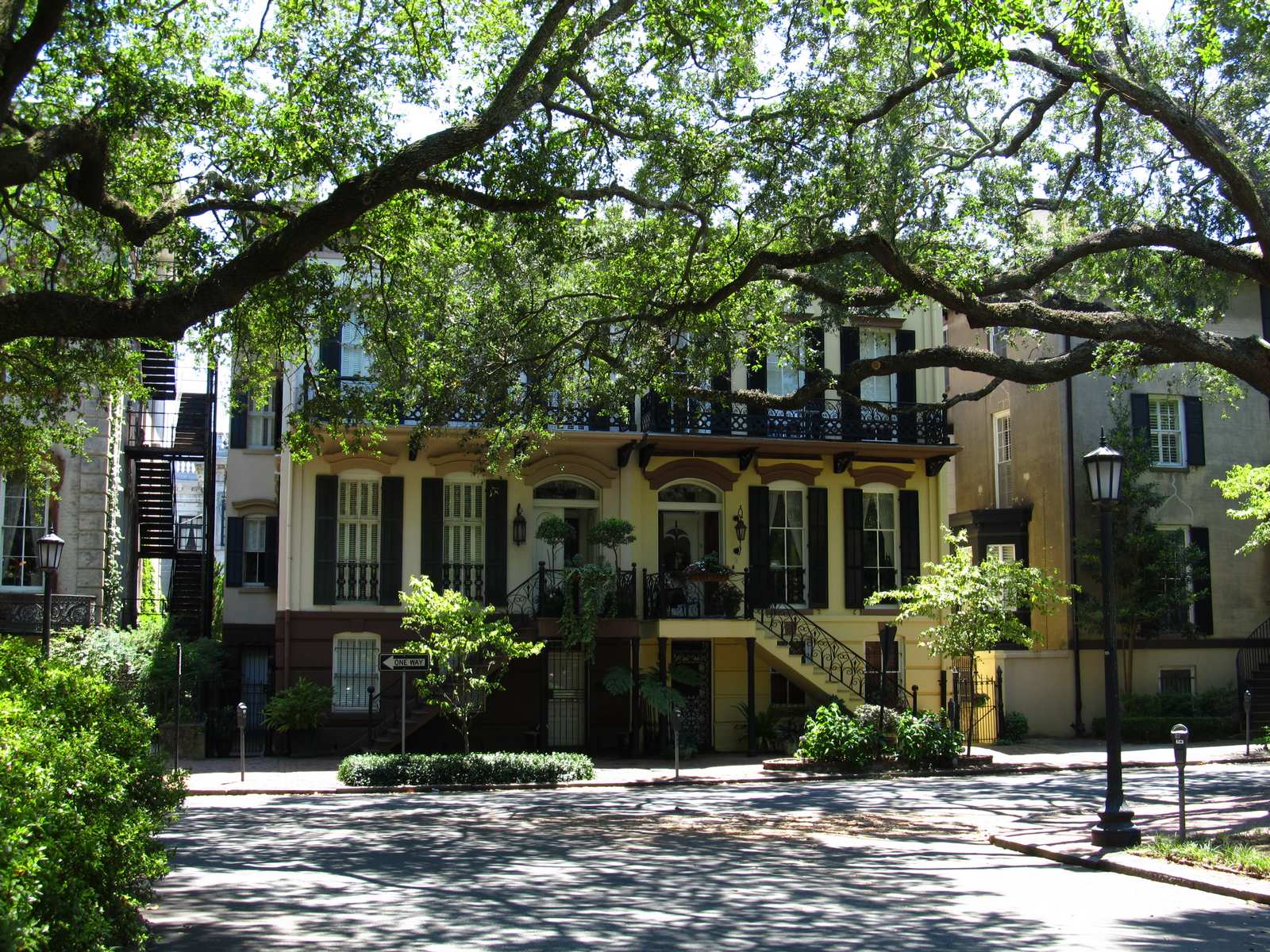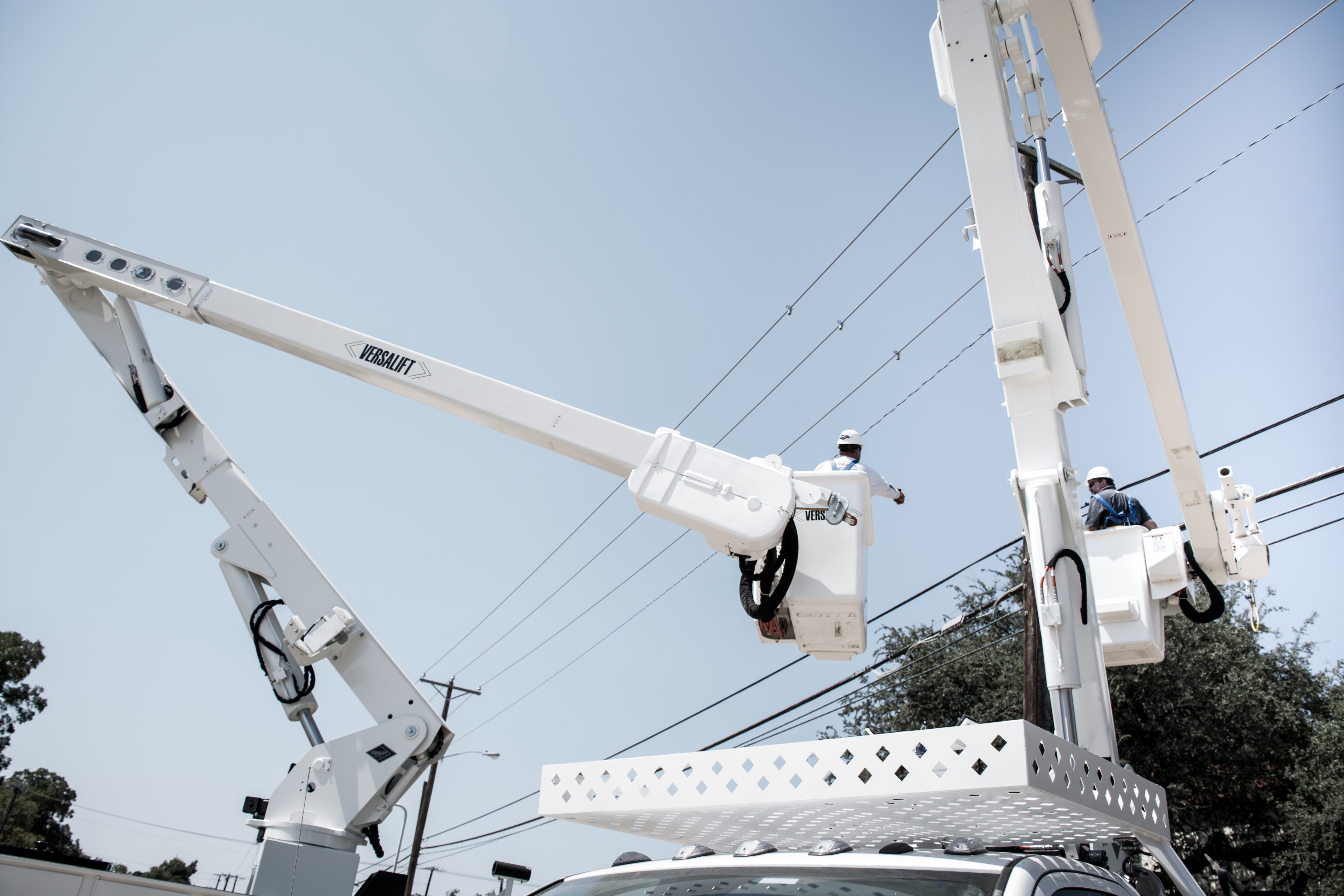Aerial Lifts in Georgia
Aerial Lifts Support Important Georgia Industries
Aerial lifts are important to Georgia’s transportation infrastructure, electric power overhead systems, telecommunications networks and forestry efforts. The more than ten million people who live in Georgia enjoy multiple options for where they get their electric power and telecommunications services. Aerial lifts are owned by Investor Owned Utilities, Rural Electric Cooperatives, Cable TV providers, other wired data providers, Departments of Transportation at both the state and municipal level and other entities, both public and private. The state of Georgia features some of the most dense urban population in the Southeastern United States in the city of Atlanta, where highways can have as many as twenty lanes. The state also features millions of acres of rural areas, to the north and west of the state. Aerial lifts in Georgia play a crucial role in several ways, but keeping the lights on, the information moving and the roadways maintained and well-lit are three of the most important
Distributors for Georgia

Electric Power and Utility Industry in Georgia
Aerial lifts that are purposed to manage and maintain electric power distribution infrastructure in Georgia are challenged in similar ways to aerial devices anywhere else. The challenge with every insulated aerial lift is to protect linemen in every way possible. Families and businesses in Georgia predominantly get their power from natural gas, which is imported from neighboring states. Georgia currently operates four nuclear power plants, which produce roughly a quarter of the energy that is consumed in the state. There are two new nuclear plants in Georgia that will open in 2021 and 2022, supporting the growing state’s needs for more clean energy. Renewables account for less than ten percent of Georgia’s net electricity generation in 2018.

State Utility Companies
Aerial lifts that support electric utility infrastructure in Georgia look very different depending on where in the state they are. Rural areas of Georgia are most often powered by Rural Electric Cooperatives. These not-for-profit organizations provide consistent and reliable electric power, at cost, to their members. Rural electric cooperatives value reliability and durability, because their customers live further apart, and linemen have more distance to cover to perform maintenance tasks with their insulated, vehicle-mounted aerial lifts. Investor-owned utility companies that operate in Georgia, such as Georgia Power and the Tennessee Valley Authority, offer service in more densely populated, suburban and urban areas. Their fleets of vehicles with insulated aerial lifts are dispatched to more heavily trafficked locations, where they must safely avoid obstructing vehicle and pedestrian traffic while accomplishing their work.
- Georgia Power
- Oglethorpe Power
- Blue Ridge Mountain EMC
- Cobb EMC
- Coastal Electric Cooperative
- Tennessee Valley Authority
- Diverse Power Inc.
- Flint Energies
- Marietta Power
- Southern Rivers Energy
- Walton EMC
- Direct Energy
View Lifts
Telecommunications Construction & Maintenance in Georgia
Aerial lifts that support consumer and business telecommunications service remain in near-constant use in Georgia. The state of Georgia has a diverse set of communication needs, and there are areas that have no service, and other areas where there are too many to choose from. For example, 303,000 people in Georgia don’t have any wired internet providers available where they live. Atlanta has more than 40 internet providers to choose from. Aerial lifts for telecommunications inside Atlanta need to be mounted onto maneuverable and lightweight vehicles, and they often are mounted onto vans, so that tools, equipment and merchandise can be stored inside. Versalift delivers the lightest weight van-mounted aerial lifts on the market today. Because of their light weight, Versalift Van-Tel units have the highest available payload in their equipment peer group, with a 29’ working height.
Telecommunications and CATV Providers in Georgia
- Birch
- Carolina Digital Phone
- Cox
- Comcast
- Windstream
- Frontier Communications
- Charter
- Cox
- Hargray
- TDS Telecom
- Matrix
- Comtech21
- Ellijay Telephone Company
View Lifts

Georgia
Georgia is the southernmost original American colony, founded as such in 1733. With a population of nearly eleven million people, Georgia has one of the largest state populations in the United States. The state has worked hard to create economic development in every community, with nearly 3,000 projects sponsored by the Georgia State Department of Economic Development. Having invested in itself and managed itself responsibly, the state of Georgia has maintained its AAA credit rating for more than two decades. Atlanta is the state capital, the economic driver and the cultural center of Georgia. Representing only a fraction of the state’s geography, Atlanta represents approximately half of the economic output of the state. Atlanta’s Hartsfield-Jackson Airport is the busiest airport in the world. Augusta is Georgia’s second largest city, and is located in the northeastern corner of the state, on the southern bank of the Savannah River. Augusta is home to Fort Gordon, which is the location of the National Cyber Security Headquarters, T-Mobile, ADP and Solo Cup. Columbus is Georgia’s third largest city and is located in the western part of the state. Just north of Fort Benning, which is a major Army base and the largest single employer for the community, Columbus sits astride the Chattahoochee River, and is known for its excellent white water rafting.
Notes on Aerial Lift Safety from the United States Department of Labor
Georgia Aerial Lift Safety
Georgia Aerial Lift Safety is strictly enforced through the state, which reflects the US Department of Labor’s national standards for aerial lift safety. In the case of aerial lifts, safety training is an extremely important step in training the workforce, and obeying a basic set of simple rules will prevent accidents and other incidents from occurring. Aerial lift safety in Georgia is a priority, just like it as anywhere else in the United States, and it is monitored by state workforce safety inspection professionals.
Aerial lifts and their applications for Forestry in Georgia
Aerial lifts that are purposed for forestry and vegetation management work in Georgia stay extremely busy. Of Georgia’s more than 35 million total acres of land, nearly two thirds are purposed for forestry. Nearly all of that land is available for commercial forestry. Forestry jobs, which are part of an important industry in Georgia, number well over 100,000, while the state’s forestry industry generates nearly $25 billion every year. Aerial lifts that are built for forestry and vegetation management purposes are also used in the telecommunications and electric power distribution industries, in order to keep lines free from plant-based obstructions.
Aerial lifts for Bridge Inspection in Georgia
Bridge inspection equipment in Georgia supports the federal government’s requirement that every bridge in every state be inspected at least once every 24 months. There are approximately 15,000 bridges across the state of Georgia, some of which are famously beautiful, and others of which are distinctive for their history. The state itself owns about forty percent of these bridges. The remaining sixty percent are owned by municipalities and other local entities. Bridge inspection requires equipment that is built to put technicians, inspectors and engineers alongside, above and under the bridge. Aspen Aerials is the North American market leader for bridge inspection equipment. To browse aerial lifts for bridge inspection, visit https://aspenaerials.com.
